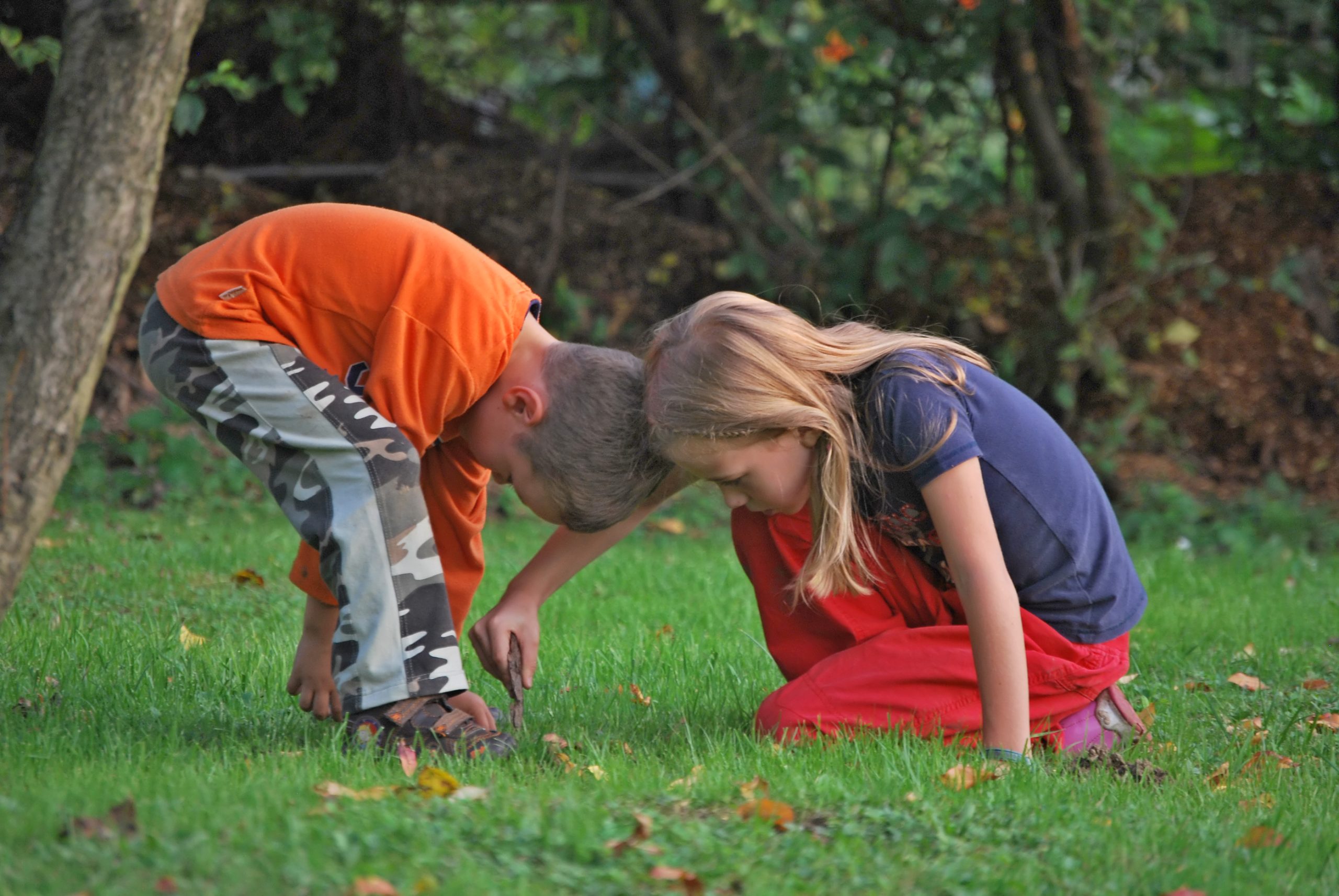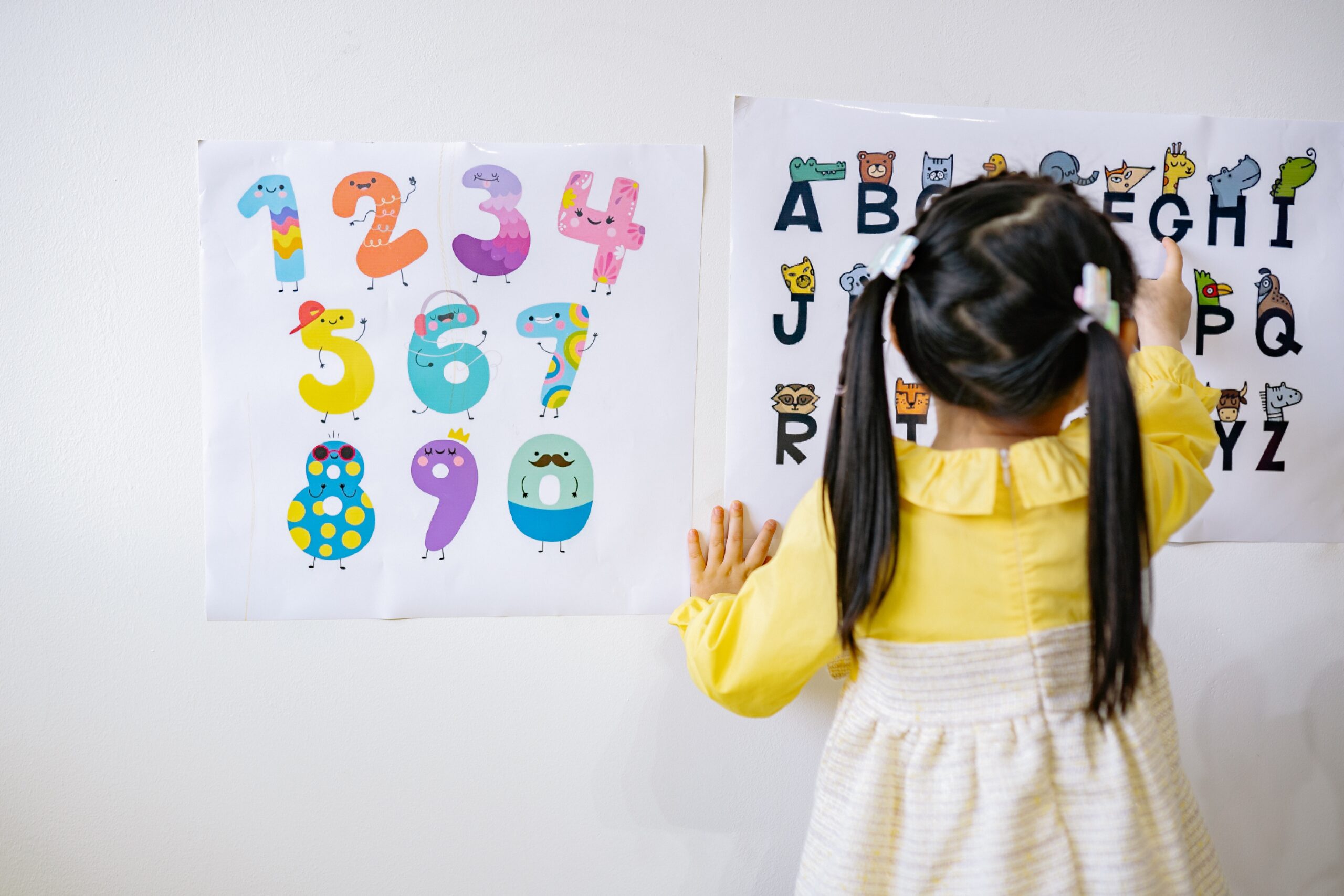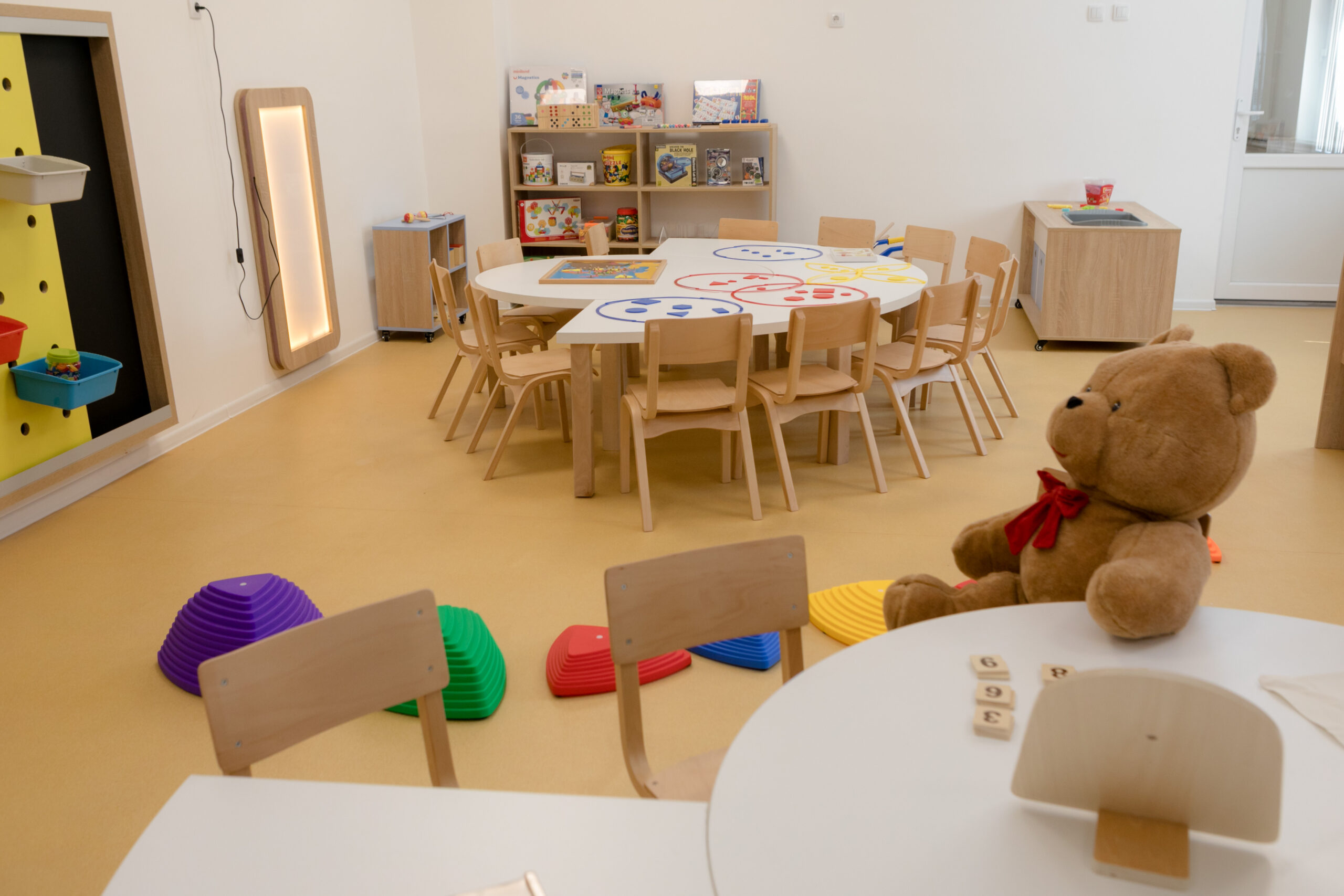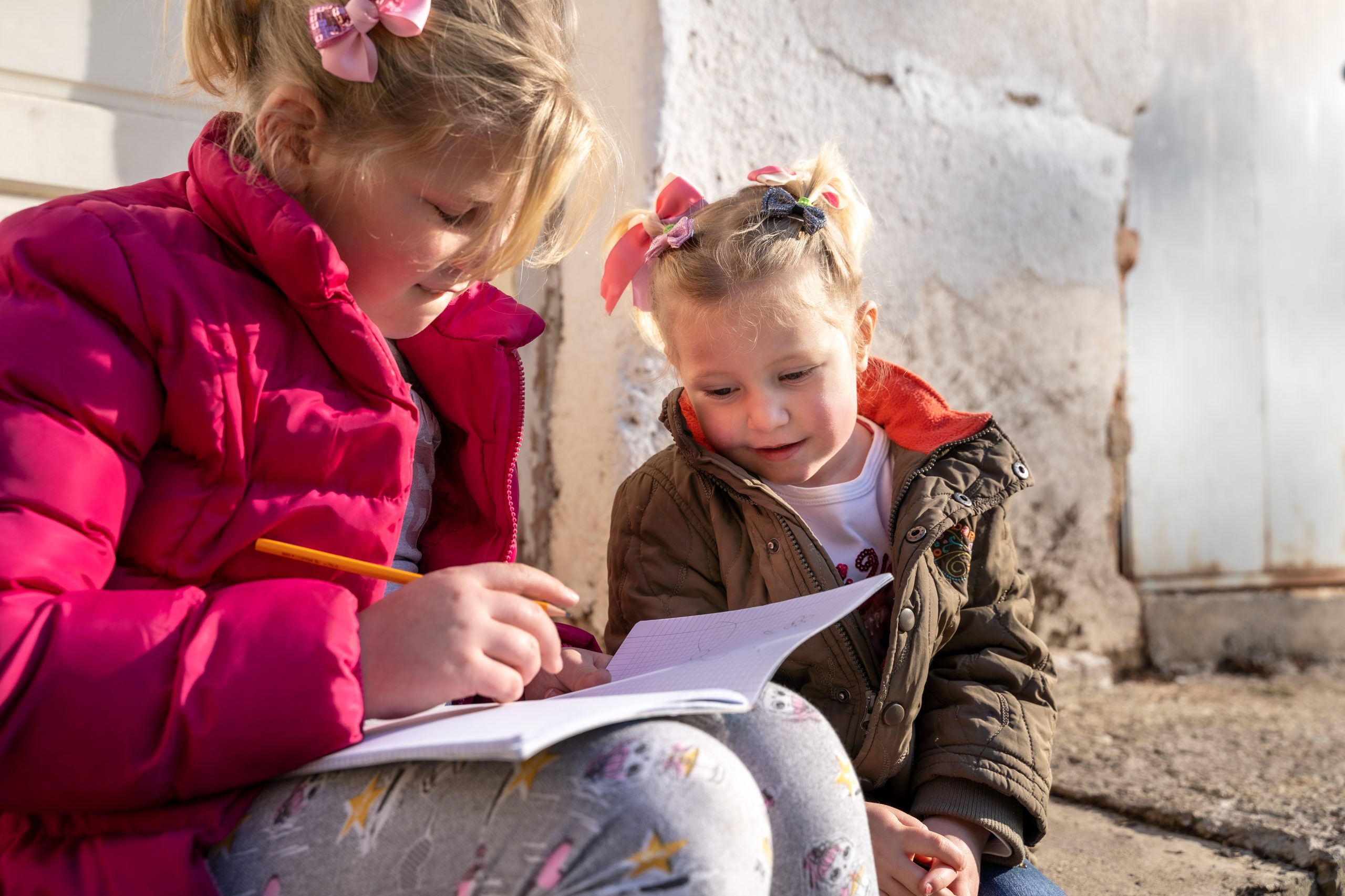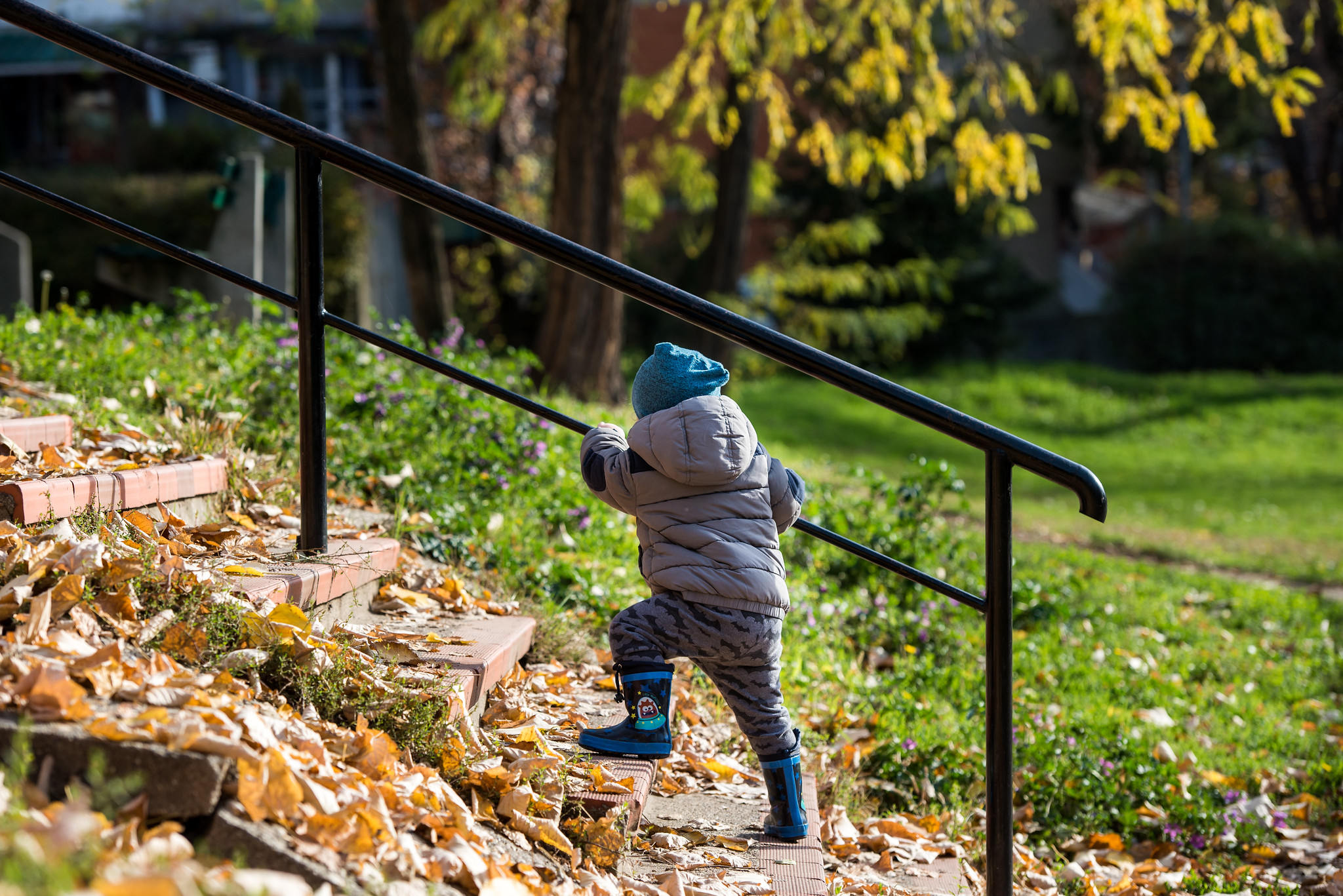Creativity is not something a child is born with. It is something that needs to be nurtured from the very early years of life.
Parents are extremely influential as they are the ones who need to provide the environment for a child’s creativity to flow. It is up to parents to spark their child’s creativity and encouraging curiosity.
Why creativity is important
Virginia Shiller, Ph.D., a licensed clinical psychologist and author, says:1
In a society in which it seems many parents are focused on children developing skills as early and as fast as possible, the value of creativity can be ignored.
As parents, it is essential that children have the following experiences:2
- Downtime: Stress is a creativity killer so it is important that children take a break from constant homework and their busy lives to give their brains a chance to relax. This time could be used to nap, daydream, read or walk.
- Failure: Of course parents don’t want to see their children fail, but it is important for children to learn from these experiences. Research shows that when we fail, we learn more than when we succeed.
- Playtime: Letting children play with props and make up pretend stories is one of the best ways for a child’s creativity to grow.
How to raise creative children
The following are great steps to take in order to best raise a creative child. Some of the steps may not be easy, but it is the duty of the parent to do the following for the sake of the child:
- Let them make mistakes: This goes hand-in-hand with experiencing failure. Children who are afraid of failure are less likely to think creatively.
- Embrace a mess: Don’t let your need for a clean space take over when your child is in their creative element. The creative beneï¬ts are much better than the temporary mess.
- Be open-minded: Your child’s creative thinking may not be in line with yours, but that doesn’t make it wrong. Encourage your child to think independently and be flexible with their ideas.
- Give them space: Step back and let your child’s creativity flow free without you impeding on their creative zone. A child that feels he or she is under surveillance may be less likely to take risks, thus diminishing creativity.
For more ideas on how to welcome more creativity into your home, read these 52 Creative Ideas for 52 Weeks of Fun from Crayola.5
- 1 http://www.babyzone.com/kids/preparing-for-preschool/inspiring-creativity_73550
- 2 http://www.parenting.com/blogs/mom-congress/melissa-taylor/how-raise-creative-child
- 3 http://www.creativitypost.com/create/ten_suggestions_for_raising_creative_kids
- 4 http://www.crayola.com/for-educators/resources-landing/parents-and-teachers-as-partners-landing/creative-parenting.aspx
- 5 http://www.crayola.com/for-educators/resources-landing/parents-and-teachers-as-partners-landing/52-creative-weeks.aspx
- Featured image: http://www.rgbstock.com/photo/mwMRpge/Children+playing

